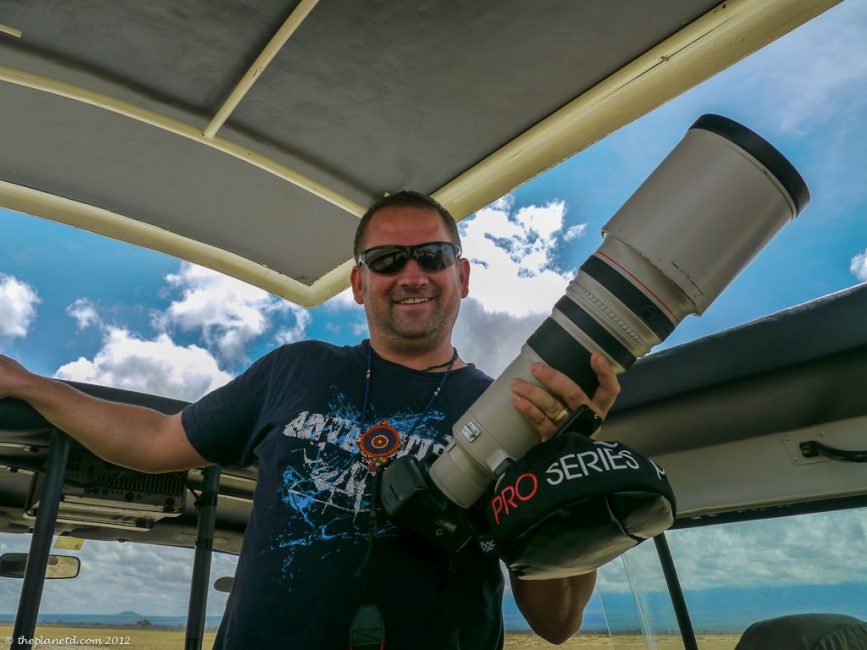What is the most often asked question about Travel Photography?
Table of Contents
1. How do I choose the Best Travel Camera?
You’re gearing up for your next adventure and want to capture stunning images to share with friends; however, you might be unsure about the best camera for your travels. This dilemma is common given the rapid advancements in digital technology and the overwhelming array of options available.
I have faced this same situation, spending countless hours researching and reading reviews. After gathering extensive information, I often felt just as confused as when I began. Consequently, I realized I needed to simplify my approach to selecting the best travel camera.
2. How I Choose My Camera Gear
After several years of trial and error, I decided to start my search with specific criteria in mind. Analyzing my travel experiences helped me identify what I truly desired from my digital camera. Choosing a camera for backyard use differs significantly from selecting one for trekking or going on safari.
3. Questions to ask yourself before buying your next travel camera:
1. How do You Travel?
This aspect is crucial. If you’re headed to a resort or guided tour, you can bring almost any camera. Conversely, if you travel frequently using local transportation and trek through diverse terrains, selecting a lightweight and user-friendly option is vital. Consider mirrorless cameras for this type of travel. My recommendations include:
Mirrorless Cameras:
- Sony A Series
- Fuji XT-1
2. Where are You Traveling?
Your destination significantly impacts your camera’s construction and durability requirements. For relaxed environments like beach resorts, a Point and Shoot like the Sony RX 100 III or a fixed-lens prosumer camera might suffice. However, if you’re venturing into challenging conditions like deserts or rainforests, opt for a camera that withstands various environmental factors. Higher-end DSLRs and mirrorless cameras typically offer more durability.
Point and Shoot Cameras:
- Sony RX100 V
- Canon PowerShot G7 X II ($429)
- Panasonic Lumix LX10 ($698)
3. What is the end product of your photos?
Consider how you’ll use your images. For casual slideshows, an economical camera will do. You likely won’t need advanced features like RAW capture or high ISO capability. Conversely, if you plan to print high-resolution photos or capture fast-moving subjects, investing in a high-end camera is essential.
4. What do you photograph?
Different cameras excel in various situations. For instance, if you enjoy spontaneous street photography, a compact camera that is easy to use will serve you best. On the other hand, if you plan your shots meticulously, a feature-rich DSLR offers versatility with interchangeable lenses and fine-tuned controls.
For wildlife photography, a crop sensor camera extends your lens’s range, while landscape photographers should consider full-frame cameras.
5. What do you have to spend?
It may seem obvious, but I’ve encountered many individuals with expensive equipment collecting dust at home. Thus, it’s crucial to be realistic when shopping at your local camera store. Avoid being swayed by the latest gear and focus on practicality. If you’re a professional, investing in high-end equipment is justifiable. However, for the average traveler, there are excellent cameras available that meet both your needs and budget.
The Canon EF 70-200mm f/2.8L II IS is around $2500 while the Sigma 70 – 200 goes for $899
Armed with the answers to these questions, you now have the tools to begin your search for the perfect travel camera. What tips do you have?
Conclusion
Finding the best travel camera requires thoughtful consideration of your travel style, destinations, and photography needs. Stay practical about your budget and choose a camera that enhances your travel experience.
Need further assistance with your travel planning? Consider using established resources for booking flights, hotels, and activities to elevate your travel experience.




